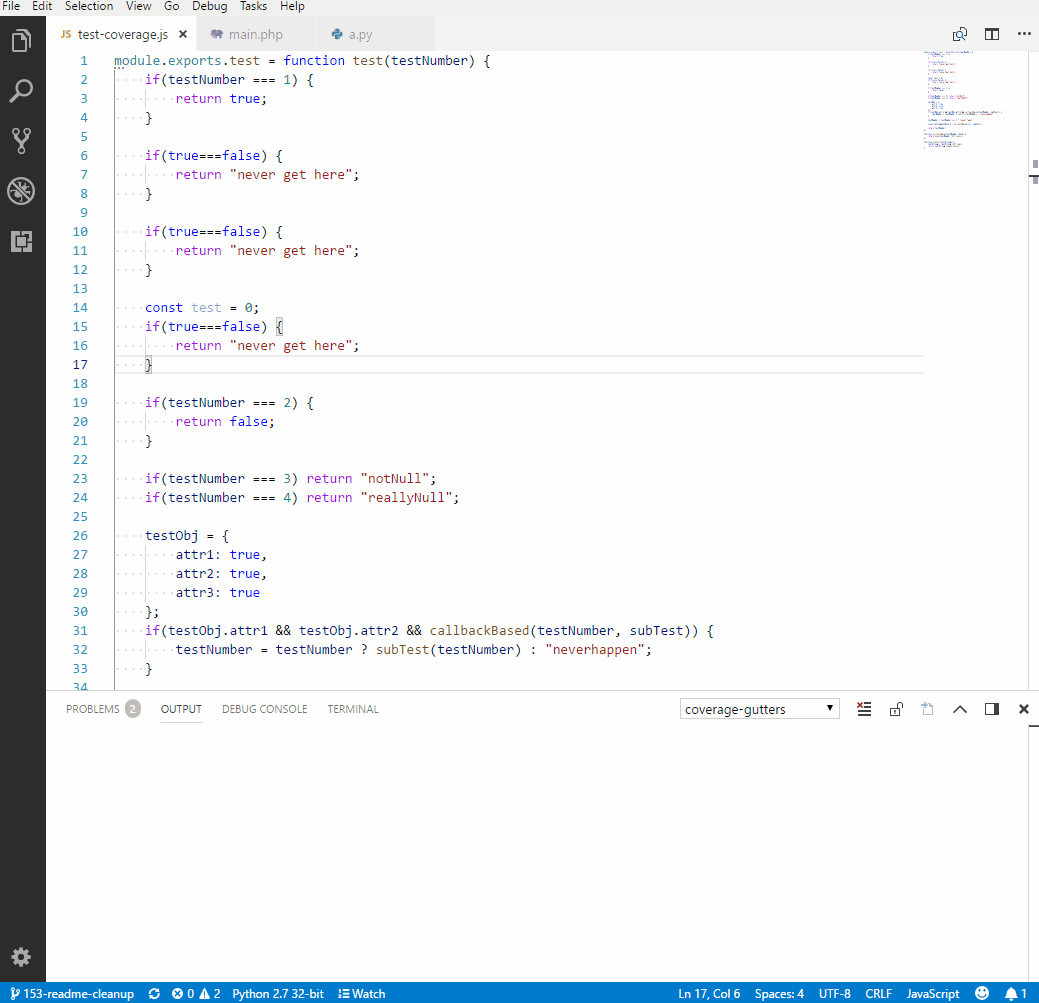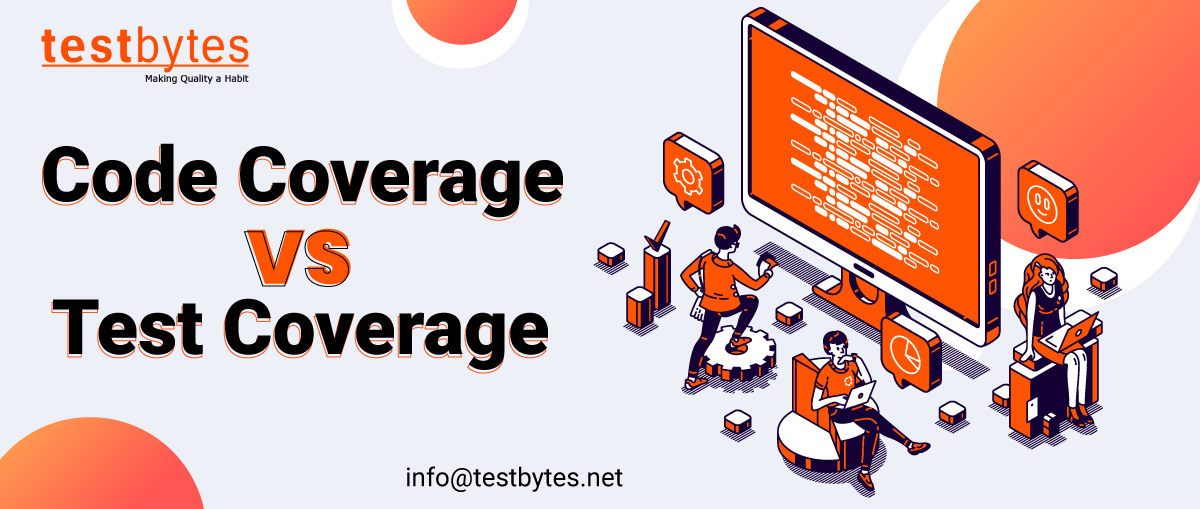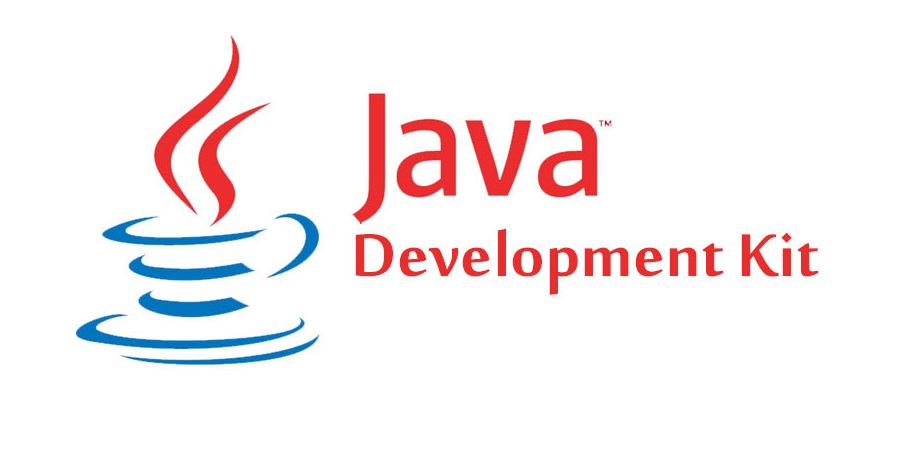Code Coverage vs test coverage, how do they differ? Code coverage and test coverage are very important when it comes to checking the effectiveness of code. Before explaining in detail about the cruciality of Code Coverage and Test Coverage in software testing. let’s find out how do they differ. Even though code coverage and test coverage are misunderstood they lot their meaning and usage differ a lot.
So, Code Coverage vs Test Coverage how do they differ? Let’s have a look
What is Code Coverage in the unit testing?
Code coverage is the degree to which any application code of any software has been executed. A huge number of test cases are applied to the application code, and the software is then checked. This is a case of white box testing.
White-box testing of this type sends the report of the application codes that are left unassessed by the test case that has been applied to the application code. In some specific situations, several test cases are further included to have better code coverage.
Usually, the term code coverage is used when an application is in its current running state. While the application is running, code coverage lets the developers know about the number of codes that have been unit tested/covered. In other words, it gives a quantitative measure of how much code has been executed and how much code has been left untouched. This report can further be used for better software testing purposes.
After learning what code coverage is, a question pops up about why someone would need the concept of code coverage. This is a confusion in the minds of many. Here is a brief description of why we need code coverage during software testing.
Wish to know the difference between smoke testing and sanity testing?
Wish to know the difference between smoke testing and sanity testing?
Why is Code Coverage Required?
- Developing a good quality software test and applying it to the application code is not enough. While the software code is running, the developers also need to assess the fact of whether the software test is being carried out efficiently or not. For this purpose, code coverage is required. Without code coverage, no one would ever know if the software test that was carried out was efficient or not.
- Code coverage gives an exact measure of the code that has been tested. It makes it easier for developers to look for the code that remained untested. As testing the code is very important, the accidental leaving out of any code from testing can turn out very disadvantageous. This is why an exact quantitative measure of the tested code becomes extremely important when testing any software’s source code.
- The developers get to know what amount of codes have been tested, and hence, they can assess those codes carefully. This makes it very easier for the developers to make their software free of any potential errors and glitches. It gives out the degree of the software code that has been tested.

After the reason for the necessity of the code coverage is discussed, next comes the methods to carry out software testing. Here are the five broadly classified methods or coverages that come under code coverage.
Methods of Carrying out the Code Coverage
- Statement Coverage: Statement coverage is the type of white box testing where the statement coverage makes sure that the executable portions in the application code are executed at least once if not more. It tells about the statements that can be executed at least once through the given requirements.
Statement coverage covers the entire source code and gives out what is not executed. This turns out to be very advantageous to the developers as they can remove all the drawbacks of the application codes.
Statement coverage helps to remove the possible drawbacks of the application code which includes all the dead codes which are the piece of code that calculates the results, but the results are never utilized. These codes are a wastage of space and hence are supposed to be removed.

Statement coverage also helps to identify the unused statements and branches. There are certain statements and branches in the application code that are never used. These statements and branches should be removed. Any missing statement is also reported, and the developers can deal with it as they please.
- Decision Coverage: Decision coverage is based on Boolean concepts. The true or false value of Boolean expressions is reported through this coverage.
- Branch Coverage: In branch coverage, the modules of codes are tested and reported. The main motive of branch coverage is to ensure that each branch of the application is executed at least once if not more. It also helps to measure how many independent statements exist in the application code.
- Condition Coverage: Condition coverage reveals the way using which the variables in the conditional statements are evaluated. It is a better way to provide proper coverage to the control flow, which was not the case with decision coverage.
- Finite State Machine Coverage: It works based on the frequency of visits of static states and other transactions like these. Finite state machine coverage turns out to be the most complicated method of coverage as the basics of this type of coverage work on the design of the structure of the software.
Now, one might be confused as to which method should be chosen for the task that would prove the most efficient one. This decision is made on many criteria. Some of the criteria include the number of defects permissible or the probability of errors arising. Another one would be the cost that is involved in the software testing type.
Though the main decision of choosing the method is dependent on the number of defects or loss of sale that can occur. The higher is the number of defects probable, the lower would be the chances of using that specific coverage for the software testing.
What are the Advantages of Using Code Coverage?
After reading the information above, it is normal to have confusion regarding why anyone should choose code coverage over any other coverage. Here, the advantages provided by the code coverage is mentioned below:
- Quantitative in Nature: Code coverage is one such unique coverage that gives out the results in a quantitative measure. This quantitative measure can be very useful to the developers.
- Can introduce Own Test Cases: In case the already available test cases do not provide the proper testing of the software, one can introduce their own test cases to make the coverage more efficient. This probably is the best advantage of code coverage as it can help you to make your coverage more and more effective.
- Easy Removal of dead Codes and Errors: Some areas of the program are left unattended in the execution time. Or maybe there is an existence of dead codes or useless codes. In such cases, code coverage provides the best way to figure out and remove the errors easily. This increases the efficiency of the coverage performed.
But just like every coin, even code coverage comes with its own set of limitations and disadvantages.
How to get 100% code coverage?
- it’s possible but will be very expensive to attain 100% code coverage
- Even with 100% code coverage, your code has no guarantee of being perfect
- 100% test coverage does not mean that the suite is perfect. What you need is 100% path coverage
- it will depend on the language and framework you use. For instance, Ruby has a very mockable framework through which you can stub or mock out a large portion of the code and will save you from building complicated class composition and construction designs
- TDD is the best way to attain 100% line coverage
- Unit tests can be used as a regression prevention method
What is path coverage in software testing?
Test cases that can be put to use to test linearly independent paths in a software system. in the short, the control flow of an application will be tested in the path coverage process. Testers have to look into each individual line of code that plays its part in a particular module to make sure that there is no issues.
What are the Disadvantages of Code Coverage?
- Unable to Report Special Features: Code coverage lacks the ability to report the absence of any special features that should have been implemented in the application code. This absence can harm the software significantly, but while using code coverage, this section of coding limitations is left untouched and hence proves to be very disadvantageous to the developers and their software.
- Impossible to Check all Possible Values: If a new feature is added, it is almost impossible to check all the possible values of the feature using the concept of code coverage. This is a drawback as some of those values can turn out to be useless.
- Unable to Detect improper Usage of Logic: Code coverage fails to detect the improper usage of logic in the code. The improper logic can make the whole software go in vain. This is probably the biggest drawback of using code coverage for software testing.
This was code coverage in Code Coverage vs Test Coverage. Test coverage is another software testing metric with a little bit of difference.
What is code coverage in unit testing?
Test coverage can often be confused with code coverage, but the truth is that it is quite different. Test coverage provides the amount of test that has been executed. It reports about the parts of the application that are running when the coverage is being implemented. It gives the report of the tests that have been carried out on the application. We can say it is more about the test instead of application codes.
Why do We use Test Coverage?
When there are so many coverages out there, what was the need for test coverage in such a situation? The answer to this question is given below:
- One thing about test coverage is that it reports the area of requirement which has not been covered by the test cases.
- It also helps to detect the areas of the test cases that are useless to software testing. These cases are reported to the developers.
- It can also help the developers to create additional test cases whenever and wherever required. These additional test cases help ensure that the coverage is maximum.
What are the Advantages of Test Coverage?
Test coverage provides some special features that prove advantageous for the developers.
- Test coverage enhances the quality of the coverage over the software testing and thereby improves software testing.
- It marks the portions of the application codes that were touched or may be fixed.
- The paths that remained untested are also reported to the developers.
- Any defect that could generate potential threats for the software in the future is detected early in the course of execution and thereby fixed. This improves the efficiency of software testing.
- Any gaps or scopes in the test requirements are noted and brought to the notice of the developer as soon as possible.
- Test coverage can prevent any defect leakage.
What are the Disadvantages of Test Coverage?
The test coverage also has its own set of drawbacks, which can make any developer hesitate from using the test coverage.
The disadvantages are listed below:
- Manual in Nature: The biggest and most disadvantageous defect of the test coverage is that it doesn’t have any tools available. Yes, that’s right that test coverage is very efficient, but the setback is that everything is manual. One needs a proper professional to sit down and do the testing work, which is hectic and causes some inefficiency on its own. There are almost no automated tools available that help the manual work become even a tad bit easier.
- Scope of Judgmental Errors: There can always be a huge number of judgmental errors even after carrying out the whole test coverage very efficiently and properly.
- Scope for Careless Errors: The introduction of manual work always introduces a scope of careless errors. Any slight carelessness on the part of the professional carrying out the software testing can prove to be very disadvantageous for the software. This could be a huge setback.

Code Coverage vs Test Coverage
|
S.No. |
Property |
Code Coverage |
Test Coverage |
| 1. |
Definition |
It refers to the execution of the application code while the application is running. | It is not a specific plan or result but the overall test plan issued for the codes. |
| 2. | Aim of the coverage | The automated tests that are running can be monitored by the developers using code coverage. | It gives a measure of the amount of code that has been processed and run by the tests. |
| 3. | Subtypes of the coverage | Code coverage has a number of subtypes which include statement coverage, condition coverage, Branch coverage, Toggle coverage, FSM coverage. | Test coverage has no subtypes. It is all just complete in itself. |
Tools used of Code Coverage
There are several tools available in the market to check code coverage. These include both open-source and paid tools. Most of these tools can also be integrated with the build and project management tools for better results. While selecting a code coverage is important to check the features it offers along with its integration with other tools used by your team.
Some of the popular code coverage tools are:
- py
It is an open-source code coverage tool for python. It records the codes that are executed as part of the testing and gives the result in percentage. It can be used to measure how much of the code is tested per test cycle. It also reports out the part of the code that could have been executed but was not. This helps to plan the testing activities better for the next cycle.
- Serenity BDD
It is mainly a UAT (User Acceptance Testing) tool that also provides code coverage options. It allows you to write epics, sub-epics, and stories for each code path and user behavior. The results generate from Serenity BDD contain much more details than just code coverage. Another advantage is that it can easily integrate with several other popular tools like Appium, Sauce Labs, Jenkins, Jira, and more.
- JaCoCo
JaCoCo, Java Code Coverage, is an actively maintained code coverage tool that became popular after EMMA and Cobertura were retired. It can be easily integrated with Maven, Gradle, Jenkins, Visual Studio among others to get an understanding of the java code coverage during the testing.
- PITest
It boasts itself as the gold standard in test and code coverage. While most code coverage tools only tell you what lines of codes were executed and the ones that were missed, PITest also uses mutation testing and helps your code to find more bugs also. PITestt modifies the actual code to run unit tests on it and thus helps in finding issues as well.
- NoUnit
It was developed by FirstPartners.net and is used the check the code coverage for Junit tests. It gives you a clear understanding of the part of the code that was executed and the part that was missed. It generates a color code report which is very easy to interpret even by non-technical people.
Tools used for Test Coverage
Unlike code coverage, test coverage can not be quantified. Test coverage mostly refers to the coverage with respect to the functionality or module and not the code. Many times you may need to write some code to analyze your code coverage. There are some code frameworks that can help you with your test coverage.
- Junit: It is the unit testing framework for Java. It is open an open-source tool have can very well be used for Test Driven Development (TDD) as well as for finding the test coverage. This framework is very popular among both developers and testers.
- PyUnit: PyUnit is another very popular framework that is used in TDD and helps with the test coverage calculations as well. It can be used for writing test cases, unit test cases, test cases, and even test fixtures. As the name suggests, it is used for Python developers and testers as well.
Conclusion
Both code coverage and test coverage are the measurements of assessing the quality of the software testing that is being carried out. Both are extremely essential when it comes to software testing and checking the internal coding and structure of the system. So there is no point in carrying out code coverage vs test coverage
In layman terms, the code coverage metric tells about the application code that is being executed. While the test coverage is mainly focused on the overall test plan. Everything is done only to focus on the well-functioning of the software that is supposed to be launched.














